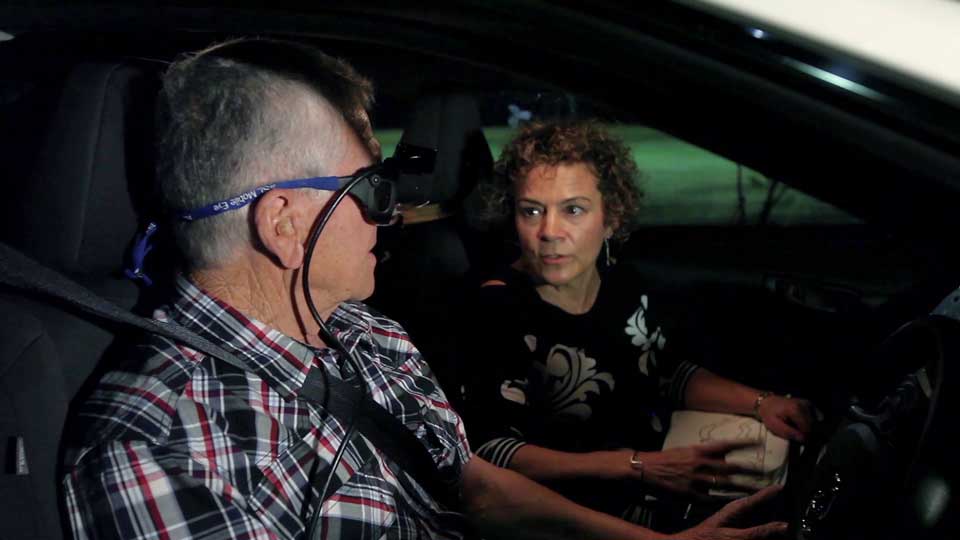- OT
- Science and vision
- Research
- Testing vision on the road
Testing vision on the road
OT speaks with Professor Joanne Wood, who founded Queensland University of Technology’s pioneering vision and driving research laboratory

05 November 2019
Can you tell OT about your research?
Our research has looked at how different visual function tests can predict driving ability. The lab-based visual functions tests include visual acuity, contrast sensitivity, motion sensitivity, visual reaction times and the useful field of view. We use a closed road circuit to assess driving performance and analyse how the visual function tests relate to driving ability and safety.
The closed road is unique because it is a bit like driving on a rural road with hills and bends. We can manipulate the complexity of the drives and change aspects of the circuit so people aren’t just driving the same circuit over and over again. We are probably one of the few groups looking at night time driving on a closed road as well as daytime driving.
We also use open road, or in-traffic driver testing. Again, we complete the same battery of tests in the lab and then participants drive along a 20km route in normal traffic. Participants drive in a dual brake vehicle with a driving instructor in the front and an occupational therapist in the back who rate the drivers on a range of different metrics.
We use these standardised methods to measure aspects of driving performance and then we compare between people with different vision impairments. We also look at how well visual function measures in the lab predict the differences we see on the road.
The end goal is to change the way that we look at driving ability and safety
What does your research suggest about which aspects of vision are important for driving?
Our research has shown that motion sensitivity is really important; it is one of the tests that we found to be the most predictive of driving safety. Contrast sensitivity is also helpful as is useful field of view.
How do different visual conditions affect driving?
In our closed road studies we have shown that after cataract surgery a driver’s ability to see road signs and respond to road hazards significantly improved.
Findings from our open road studies have demonstrated that people with age-related macular degeneration have more problems with complex road situations, particularly, traffic light-controlled intersections, lane keeping and gap selection.
Our research has also shown that visual field loss, from conditions such as glaucoma or hemianopia, affects driving but some people seem to be able to compensate through eye and head movements. An important question is whether they can be trained to improve driving performance.

How could current visual standards for driving be improved?
We are very keen that the standards align with the evidence. The consequences of losing your licence are significant and so it is important that we are confident that the tests that we are administering are the best ones to ensure safe driving.
We are not suggesting that people have to take an exhaustive battery of tests. It is a matter of making sure that the tests are reasonably rapid to administer, robust, reliable and practical. The end goal is to change the way that we look at driving ability and safety, and generate a fairer licensing system that is performance-based.
Can you tell OT about the research you are working on at the moment?
Currently, we are analysing the data from a large study across two sites in Australia with 553 drivers. This research is looking at which combination of tests – which include vision, cognitive and the motor tests – can best predict on-road driving safety. Ultimately, we are looking at combining those tests into a practical battery that can be easily administered by health professionals to help guide their licencing decisions for older drivers, with and without visual impairment.


Comments (0)
You must be logged in to join the discussion. Log in